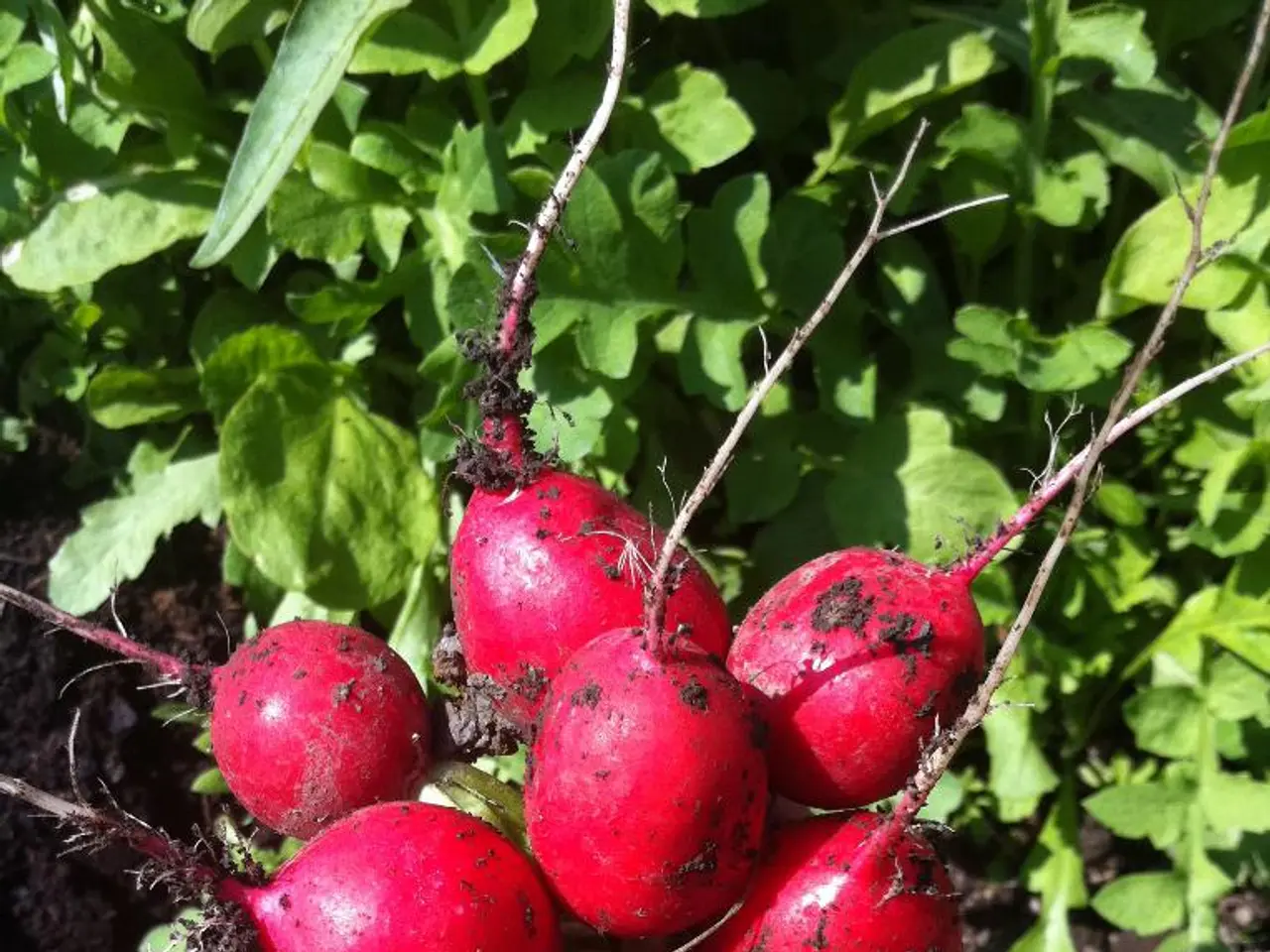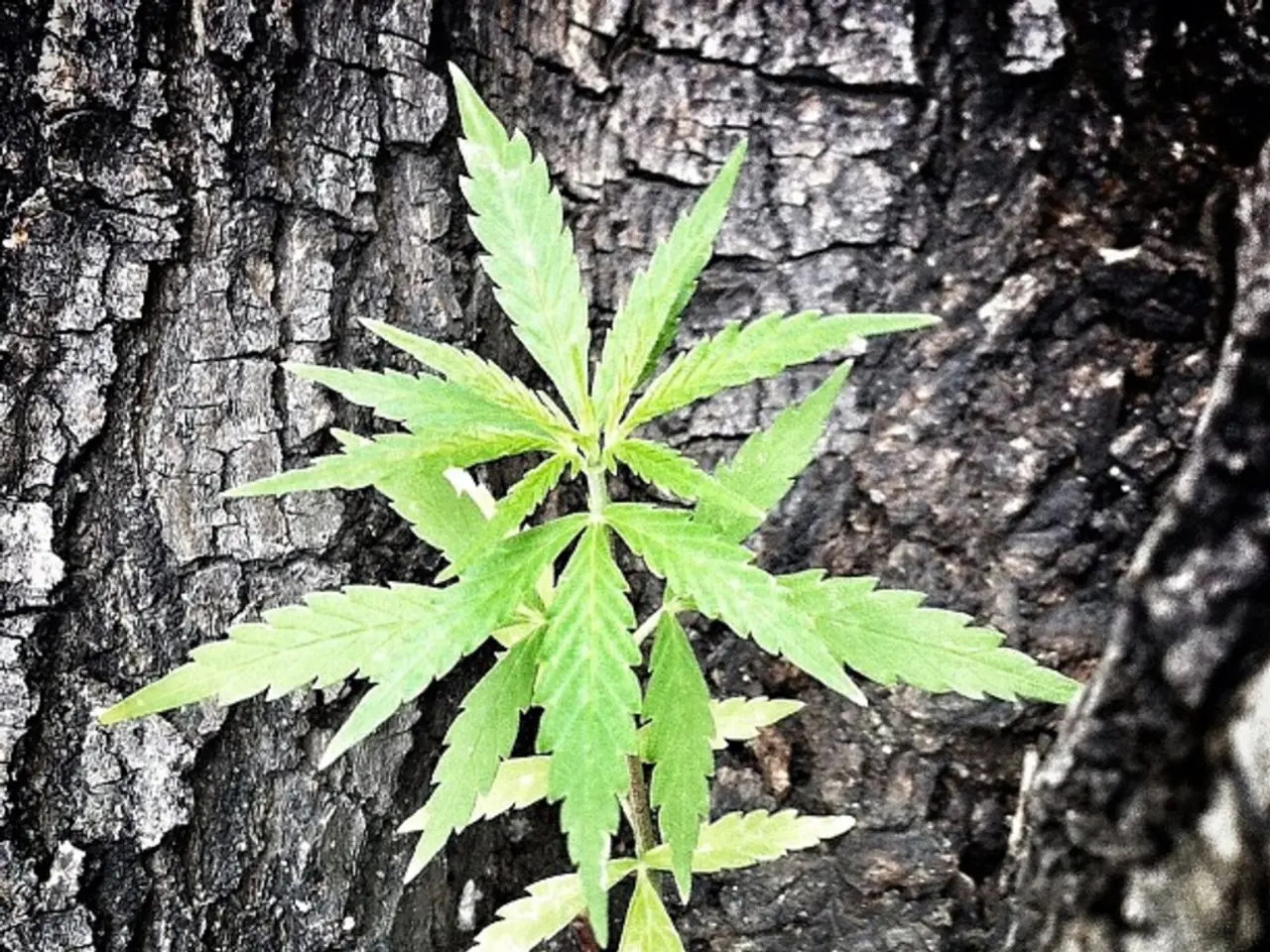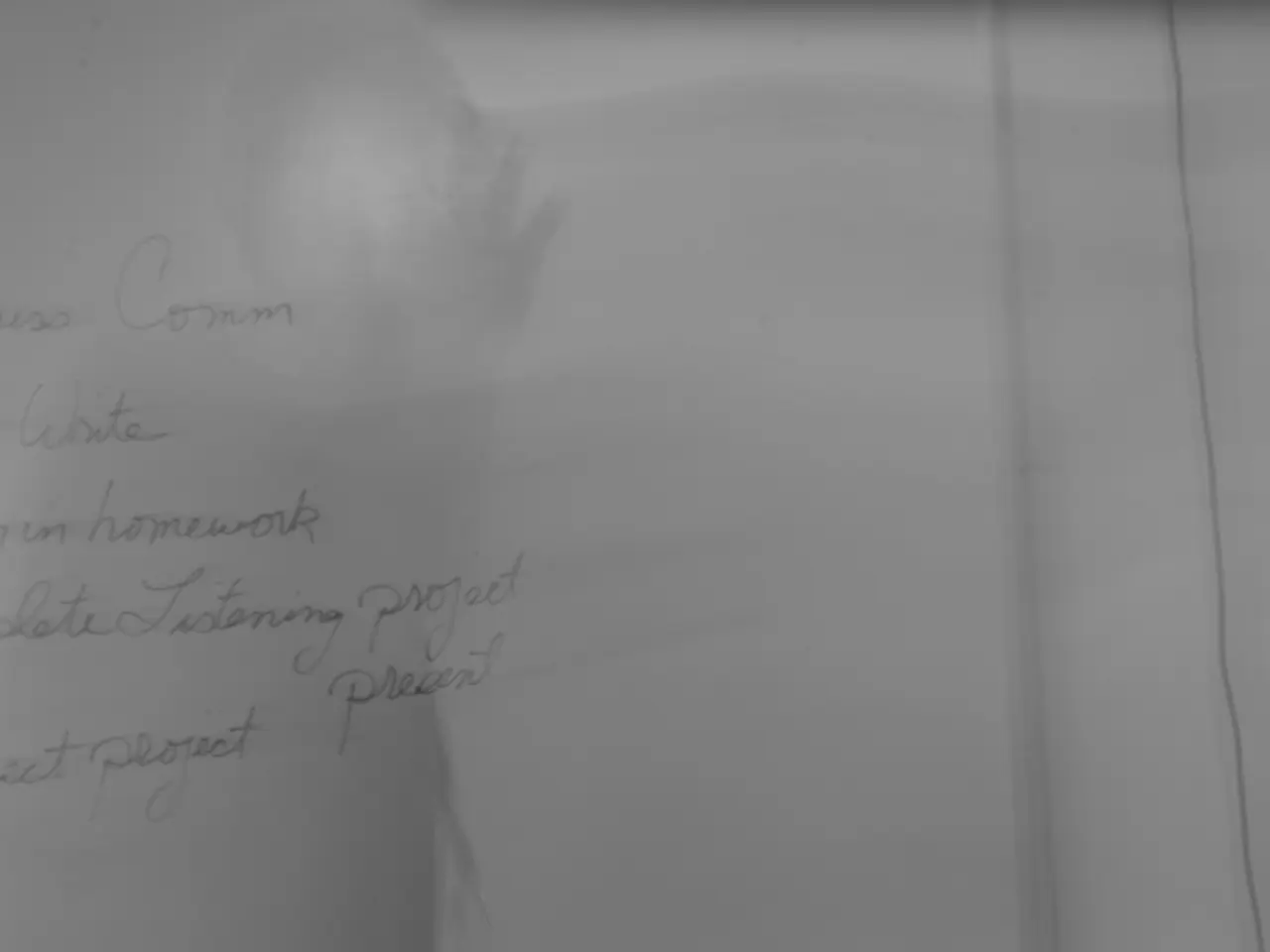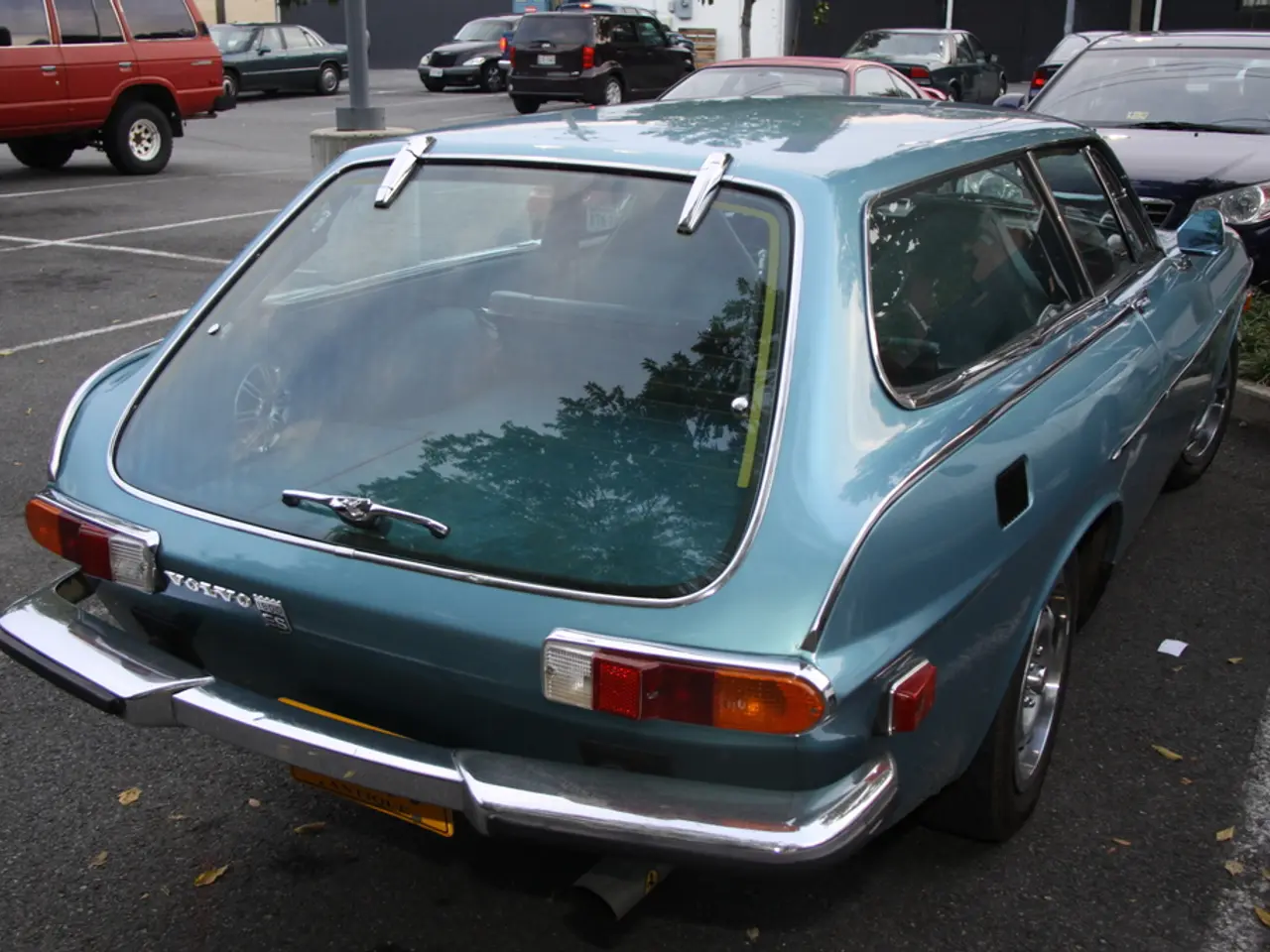Task at Hand: Paraphrase the given text while maintaining the original message.
April is a month of growth and preparation in the garden. As the weather warms up, it's time to start thinking about supporting climbing crops and getting new edible plants acclimated to the great outdoors.
Supporting Climbing Crops
The best way to support climbing crops in a vegetable garden is to use sturdy vertical structures such as trellises, wire mesh, lattice, fences, or poles that allow the plants to grow upward and save ground space. Training the crops to climb these supports improves air circulation, sun exposure, and ease of harvesting.
Trellises
Assemble a frame with vertical stakes and horizontal beams, then attach netting or wire mesh where plants can grip and climb. You can reinforce with twine or brackets for extra stability. Trellises come in many forms, such as A-frames, arches, tiered beds, or wall-mounted panels.
Wire Mesh or Fencing
Attaching wire mesh directly to walls or fences creates a simple vertical "green curtain" for beans, peas, cucumbers, and other climbers.
Lattice or Twine on Fences/Walls
Provides lightweight, flexible support suitable for small spaces or espaliered fruit trees.
Poles or Stakes
Used individually or in combinations to create supports like teepees or frames for crops such as pole beans.
Remember to select materials strong enough to support the mature weight of fruits or vines, and position plants near the base of the support to encourage vertical growth.
Planting Vegetables
April is a month for planting, sowing, and getting new edible plants used to the great outdoors. Here are some tips for planting various vegetables:
Leeks
Leeks are a good choice for clay soil where carrots and parsnips might not grow well. To grow leeks from seed, fill a module tray with peat-free multi-purpose compost and sow two or three seeds per module, covering with sieved compost. Move the tray outside at the start of next month, and plant out at the end of May, selecting the strongest seedlings and lowering them into 15cm deep holes, spaced 15cm apart.
Onions
Onion sets should be pushed into the soil or compost so the tip is only just above ground level. Onions give a very good return for the little space they take up and can still be started or added to in April.
Peas
The time to plant peas is finally here. Plant peas in trenches 12cm deep and 30-40 cm apart, with 60cm between each row, or in planting bags or large containers. Now's the time to push pea sticks into the soil at an angle along rows straight after planting out peas. Pea netting can be used as a substitute for pea sticks.
Potatoes
Plant potatoes in trenches 12cm deep and 30-40 cm apart, with 60cm between each row, or in planting bags or large containers.
General Tips
- Checking plants daily helps gain an understanding of their needs and prevents overwatering.
- Watering in the morning helps prevent slugs from being attracted to wet plants at night.
- Hoeing every couple of days in April and uprooting quick-spreading perennials such as creeping thistle and bindweed is beneficial.
- Weeding in April helps reduce pressure in May and June, and gives bigger yields.
- Towards the end of the month, start leaving tender veg like tomatoes, chillies, courgettes, and beans outside during the day to get them used to outdoor conditions.
- Protect young veg plants from wind and cold by keeping them in high-sided boxes or trays, or in a cold frame with the lid open.
- Lining the trench with a layer of compost is helpful if the soil is thin and sandy.
Attracting Solitary Bees
Solitary bees begin to emerge at this time of year and can be attracted to garden walls with holes for nesting, or a bee hotel made from dry hollow canes and logs with holes drilled in the ends. Short areas of grass are valuable ground nesting sites for solitary bees such as the tawny mining bee.
Overall, April is a busy month in the garden, but with careful planning and the right support, you can maximize space and promote healthy, productive growth.
Transforming your home-and-garden into a thriving space for climbing crops requires using suitable supports like trellises, wire mesh, lattice, fences, or poles. The process of supporting climbing plants not only saves ground space but also improves air circulation, sun exposure, and harvesting ease. Meanwhile, the lifestyle of a dedicated gardener in April involves cultivating various edible plants such as leeks, onions, peas, and potatoes, while promoting the growth of solitary bees through nesting sites and short grass areas.




